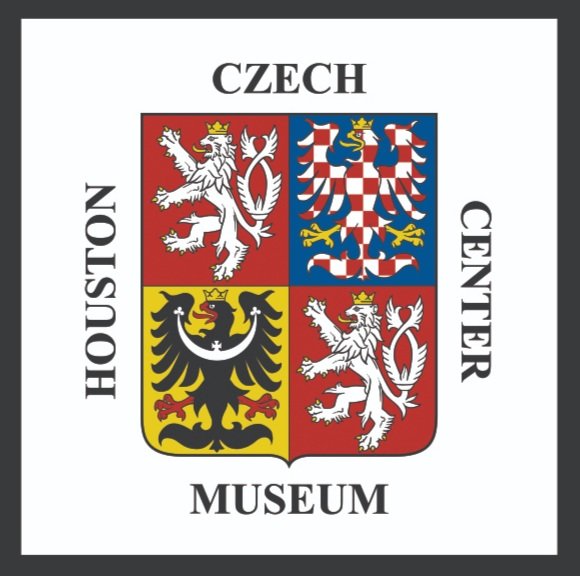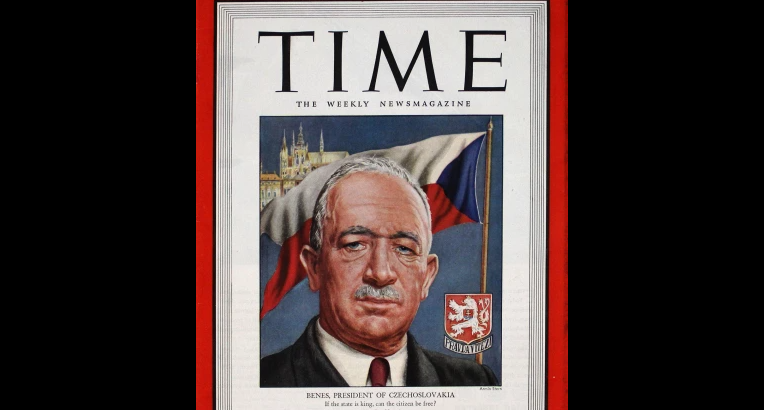Many know the life and legacies of TomГЎЕЎ Masaryk and Edvard өюұрІФұрЕЎ, two Czechs who helped to found Czechoslovakia. However, there was a third person who played a very important role in the founding of the country: a Slovak named Milan Е іЩұрҙЪГЎІФҫұ°м. Before he participated in the founding of Czechoslovakia though, he was first an astronomer and aviator.
Czech Cubism (Cubo-Expressionism)
The term Cubo-Expressionism was coined in the early 1970s to describe Czech avant-garde art in the 20th century, when elements of Cubism and Expressionism were combined. It was a revolt from earlier art forms with spiritual elements. Czech Cubism, as Cubo-Expressionism is also called, was applied to just more than art pieces, including furniture, objects, architecture, etc. One of the most famous Cubo-Expressionists is Pavel ҙіІ№ІФГЎ°м, a Czech architect, designer, planner, professor, and theoretician.
Edvard өюұрІФұрЕЎ (28 May 1884 - 3 September 1948)
Edvard өюұрІФұрЕЎ was born in Kozlany, Bohemia during the Austro-Hungarian EmpireвҖҷs rule, but by October 14, 1918, he lived in a different nation, as the empire collapsed in place of the then-new Czechoslovakia. He served as the council chairman for the League of Nations to support the balance of powers in Eastern Europe, creating the вҖңLittle Entente.вҖқ Eventually, өюұрІФұрЕЎ would succeed Masaryk as the Czechoslovakian president, faced with the threat of Germany, and the rest is history.
The Czech Response to the American Civil Rights Movement
The American Civil Rights Movement became a method of propaganda against the United States to gain support and sympathy from non-socialist states. The Czechoslovakian government would invite activists to the nation so that communism would be promoted, including singer Paul Robeson, who would sing at the Prague Spring classical music festival in 1949. Between the 1960s and 1980s, Czechoslovakia continued to push communism in African nations, broadcasting the benefits of communism and what it would provide to Africans.







